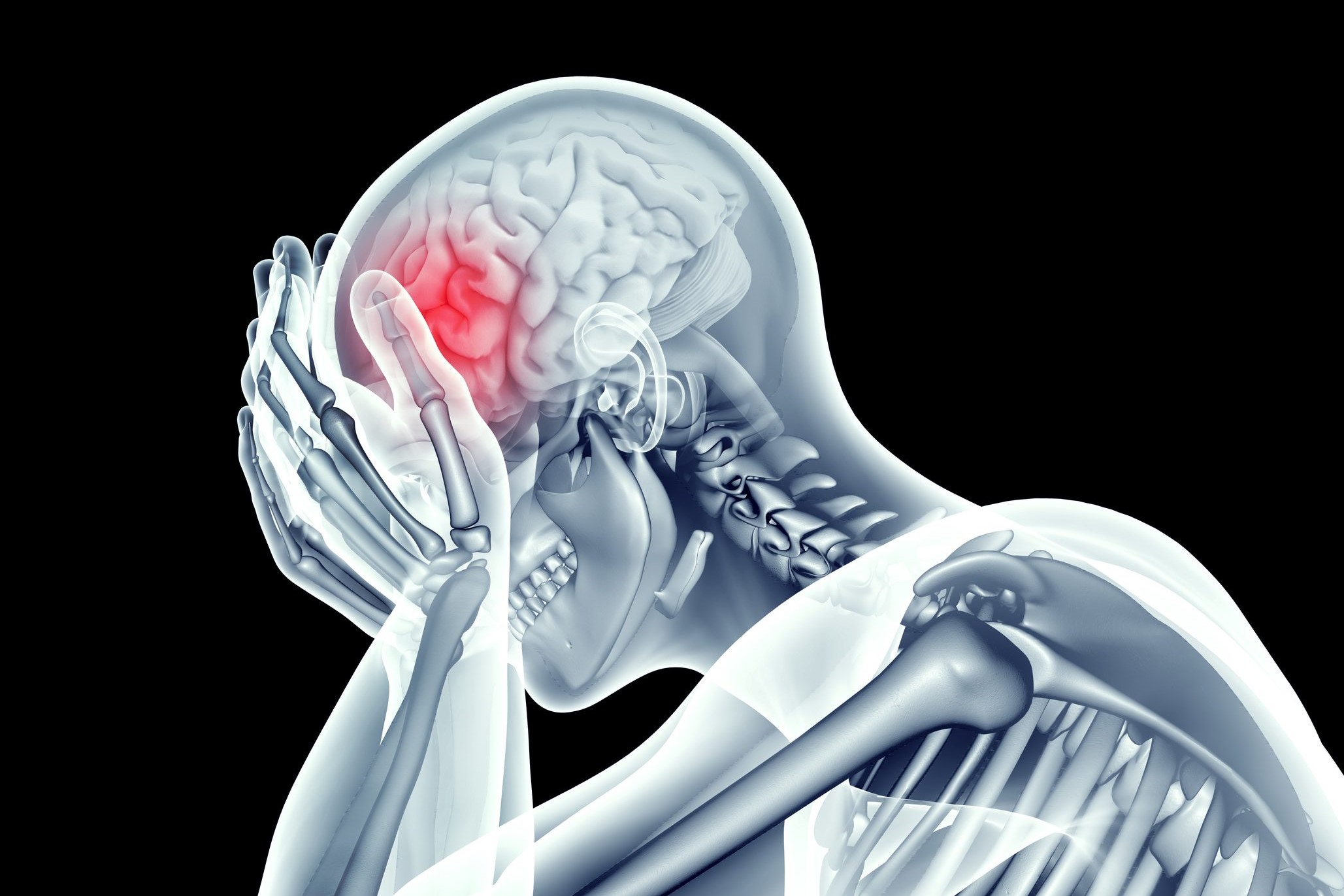
Cerebral venous sinus thrombosis (CVST) in childhood: what it is and how it is treated
Cerebral venous sinus thrombosis (CVST) is an obstruction of the vessels that carry blood from the brain to the internal jugular vein. It can be due to autoimmune diseases and thrombophilias
Cerebral venous sinus thrombosis is an obstruction of the vessels that carry blood from the brain to the internal jugular vein and thus into the heart
In children, it is a rare but serious disorder.
A venous thrombosis causes reduced blood flow from an organ to the heart, increased capillary pressure and, as a result, cerebral oedema or haemorrhage and reduced arterial flow to the point of ischaemia.
Cerebral venous sinus thrombosis can be due to multiple factors in children, including:
- Head and neck diseases (especially infectious);
- Acute general illnesses (especially diseases of the newborn and dehydration);
- Chronic diseases (anaemia, autoimmune, tumour, metabolic, renal or cardiac diseases);
- Thrombophilias (blood clotting abnormalities that promote thrombosis);
- Medications (such as cortisone and contraceptives);
- Trauma;
- Neurosurgical interventions.
The symptoms of cerebral venous sinus thrombosis are non-specific and sometimes indistinguishable from the symptoms of the situation that caused it, such as fever and dehydration.
In children, symptoms are often similar to those in adults:
- Headache;
- Decreased level of consciousness;
- Focal neurological deficits such as hemiparesis, aphasia (inability to express oneself through speech or writing) and cranial nerve disorders.
In neonates, on the other hand, the most common symptoms are seizures associated with neurological signs such as irritability and decreased muscle tone (hypotonia).
Diagnosis is based first of all on careful clinical findings and an equally careful examination.
The instrumental diagnosis involves the use of Computerized Tomography of the brain, which makes it possible to visualise any haemorrhages or other brain damage and sometimes changes in the obstructed venous sinus.
Brain MRI allows visualisation of the area of venous congestion and oedema.
By means of venous angioTC, venous angioRM (visible in the picture) or by angiography it is possible to locate the occluded vessel where blood flow is absent.
Treatment of cerebral venous sinus thrombosis (CVST)
Initially, therapy with anticoagulants and possibly antiepileptic drugs is administered.
The predisposing causes are treated and supportive treatment is given to keep the pressure inside the brain stable.
Some cases of cerebral venous sinus thrombosis have been treated with thrombolysis (drugs called fibrinolytics administered to dissolve the thrombus) or thrombectomy (removal of the thrombus by an endovascular route).
If neurological symptoms worsen despite treatment, ventricular shunt surgery (placement of a catheter inside the cerebral ventricles to drain CSF from the brain into the abdomen) or decompressive craniotomy (temporary removal of part of the cranial vault) may be required to control endocranial pressure.
There are no specific preventive measures for cerebral venous sinus thrombosis.
It is possible to act on predisposing causes, e.g. by avoiding dehydration in infants and treating head and neck infections at an early stage.
In children who have had the disease, however, it is important to prevent the risk of relapse (between 10% and 20%) through dietary measures, treatment of associated conditions and anticoagulant therapy for at least six months.
The prognosis is worse in infants, children with infarction or with seizures or altered state of consciousness.
Children with venous sinus thrombosis must be closely monitored clinically and radiologically to exclude the occurrence of hydrocephalus.
The mortality rate is 8-12%. In many children, especially infants, permanent neurological, motor or cognitive deficits and seizures persist.
Read Also:
Emergency Live Even More…Live: Download The New Free App Of Your Newspaper For IOS And Android
Raising The Bar For Pediatric Trauma Care: Analysis And Solutions In The US
What Is Ocular Pressure And How Is It Measured?
Opening The Eyes Of The World, CUAMM’s “ForeSeeing Inclusion” Project To Combat Blindness In Uganda
What Is Ocular Myasthenia Gravis And How Is It Treated?
Retinal Detachment: When To Worry About Myodesopias, The ‘Flying Flies’
Deep Vein Thrombosis: Causes, Symptoms And Treatment
Retinal Thrombosis: Symptoms, Diagnosis And Treatment Of Retinal Vessel Occlusion


